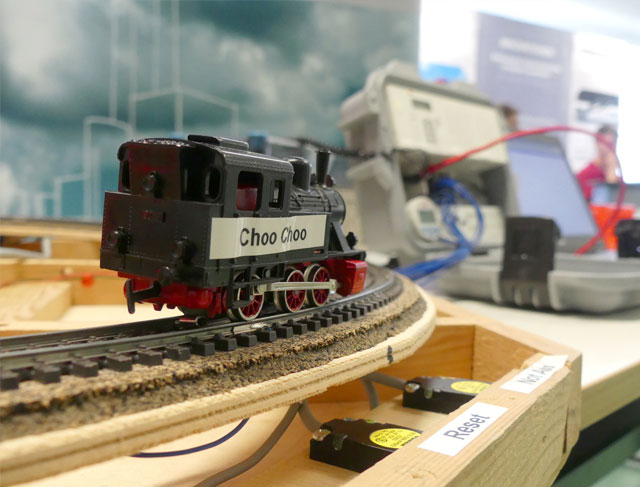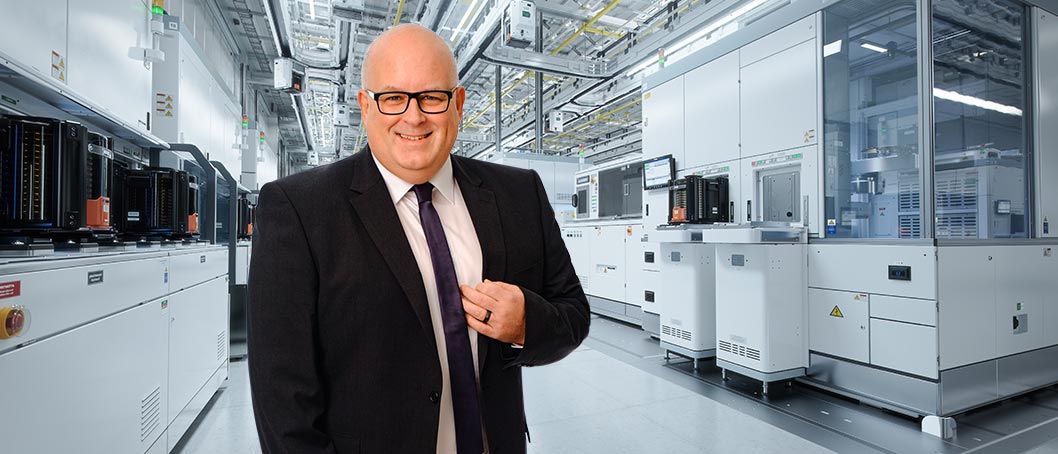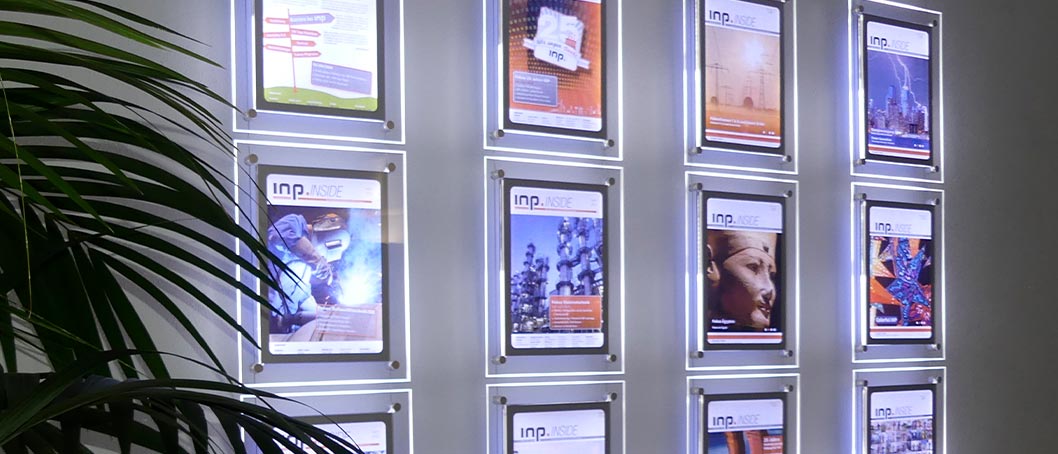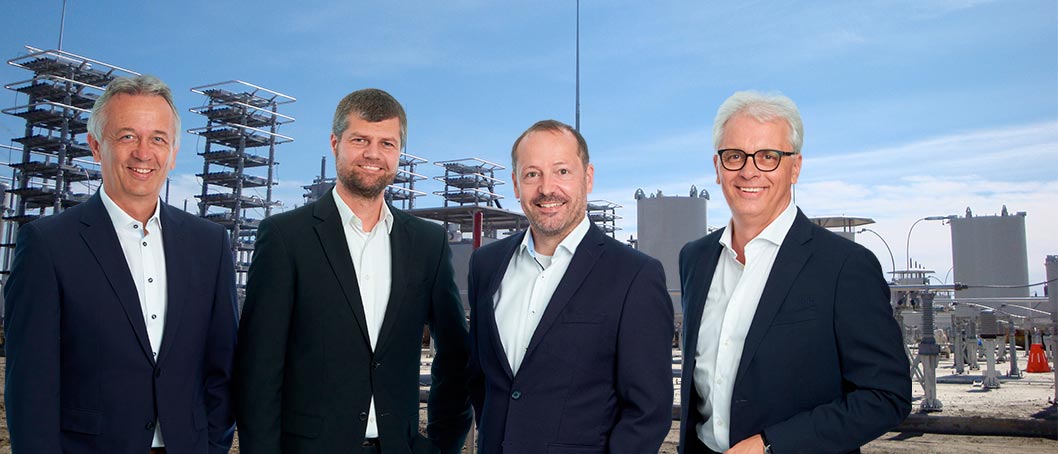We have already been using it for a few years. Almost every student has messed and tinkered with it. What exactly are we talking about?
The electrically powered model vehicle of the students, of course.
A quick note for those readers who do not know our model vehicle: A few years ago, Hans-Gerd Knoll, our training manager, brought a ring of model railroad rails (basically mounted on a wooden frame) with the necessary power supply and model vehicle in order to automate them with INP household appliances. Since we were involved in projects most of the time, the model vehicle, unfortunately, remained untouched for a while.
It was only taken out of the closet, when I had some project-free time during my first and second practical phase for the Bachelor‘s degree. That meant one thing to me: Time to work on the vehicle! After a few weeks of tinkering I had managed to move the train forward or backward through commands from a programmable logic controller. A traffic light switch and an emergency stop button were also part of the range of functions. Apparently, the automated model was so convincing that our superior instructed us to take it with us on upcoming information events.

After one of my fellow students from the same study course, and I improved the model’s visual appearance, we were able to present it for the first time two years ago at the DHBW Mannheim Study Information Day and introduce the automation systems to the upcoming studies using the model. As the years went by, several things have changed in the model: Freshmen and trainees renewed the complete wiring and attached inductive proximity sensors for position monitoring below the rails.
But one thing that had always been dear to me since my first semester was still missing: Continuously variable transmission (CVT) of the speed. Now we are finally at the subject of the heading: Our vehicle learns to drive slow!!! When you read this title, you may immediately think: "What’s so difficult about that?" Well, we could have changed the heading to "Development of a voltage-mode-controlled buck converter with activation by a 0-20mA signal", but that would have sounded just as dry as the topic of a student research project.
So, here it is again, slowly for the layman: The buck converter, or in layman’s terms the step-down converter, converts a variable input voltage (in my case 24 VDC), depending on how I control it, into a lower DC voltage (in this case, it was between 0 and 18V). The desired output voltage is specified via the analog output of a programmable logic controller (imagine this device as a small computer for automation technology). After simulating the first prototype and then testing it (luckily, it worked like it should), we initially put the voltage regulator to the side so that the next electrical engineering student could configure a higher-order speed control (the velocity of the model vehicle is actually not linear to the regulated voltage).
Fortunately, the next freshmen will come soon, so that the project does not rest for too long. The project is not complete with the speed control alone: The next step is to control the model via Profibus and to introduce a small simulation of a power plant. So, dear readers, if you made it to this point and, incidentally, have ideas for our model, do not hesitate to let us know. Of course, you can also swing by to take a closer look at our work.






 @
@

